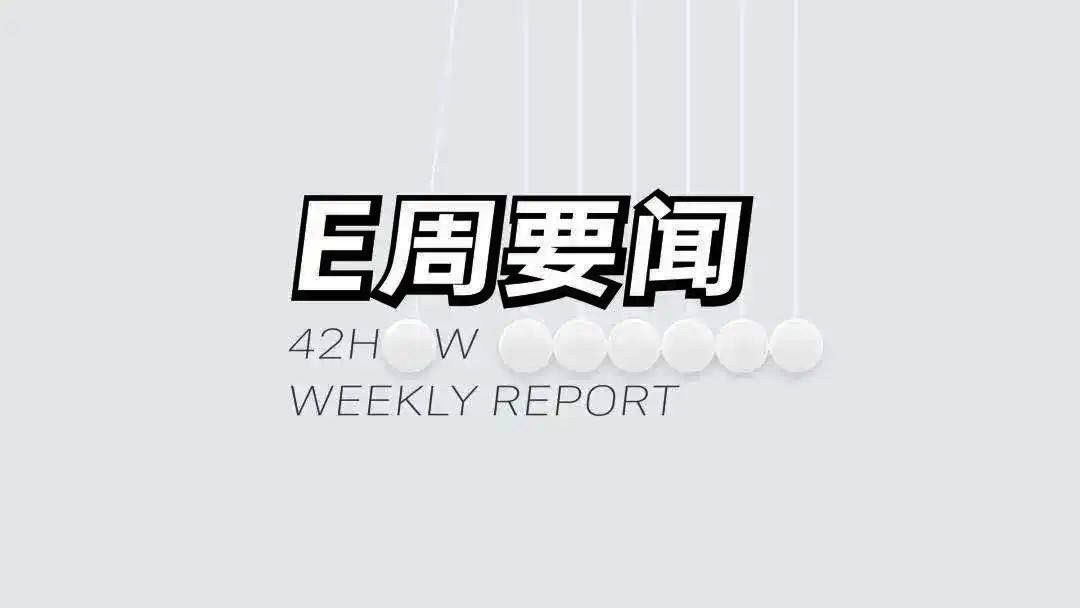Weekly Index
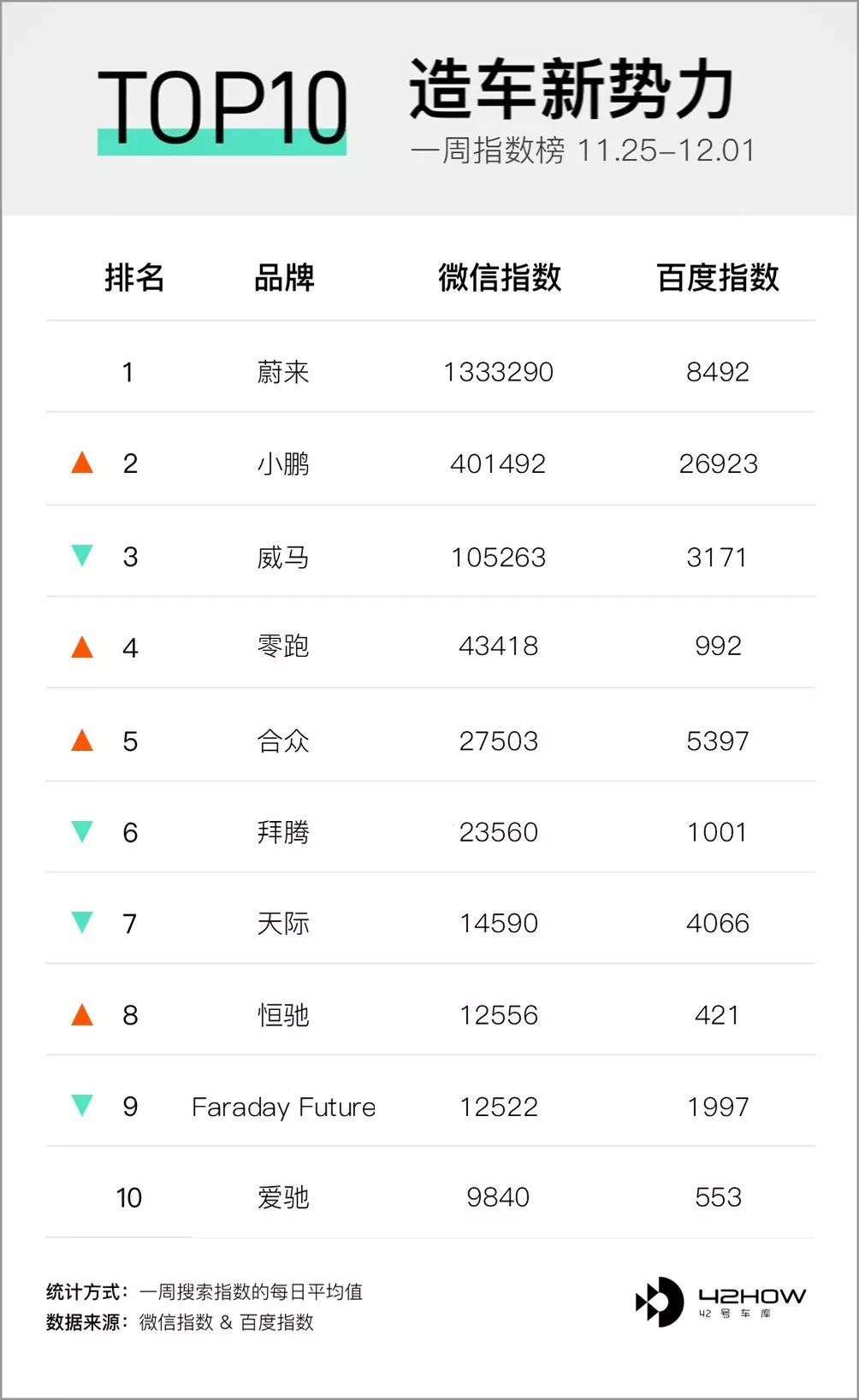
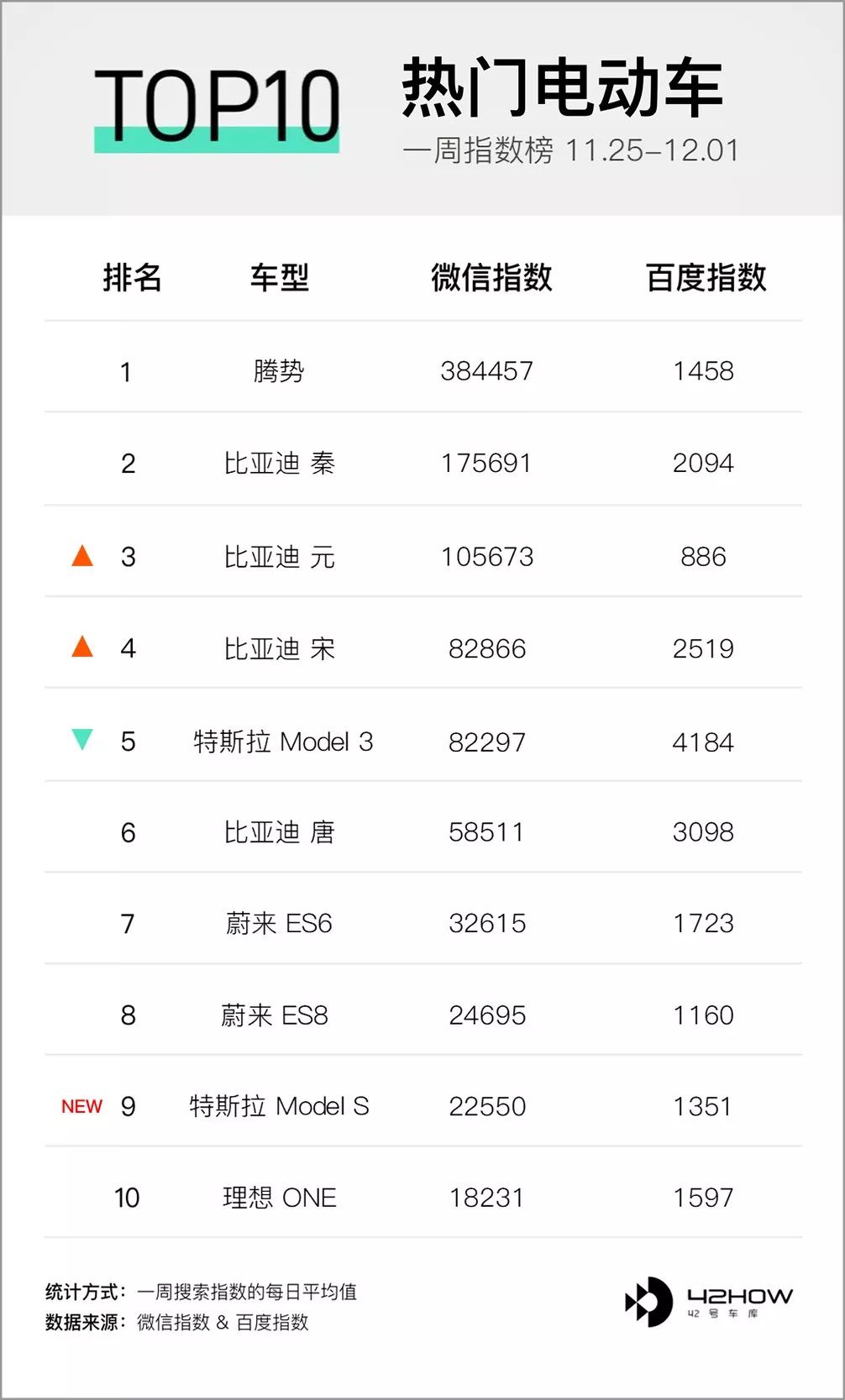
Weekly News
① Tesla’s Super Mobile Charging Station Exposed
Recently, a foreigner found a trailer with 10 72 kW supercharging piles and a large battery at a supercharging station that he often goes to.
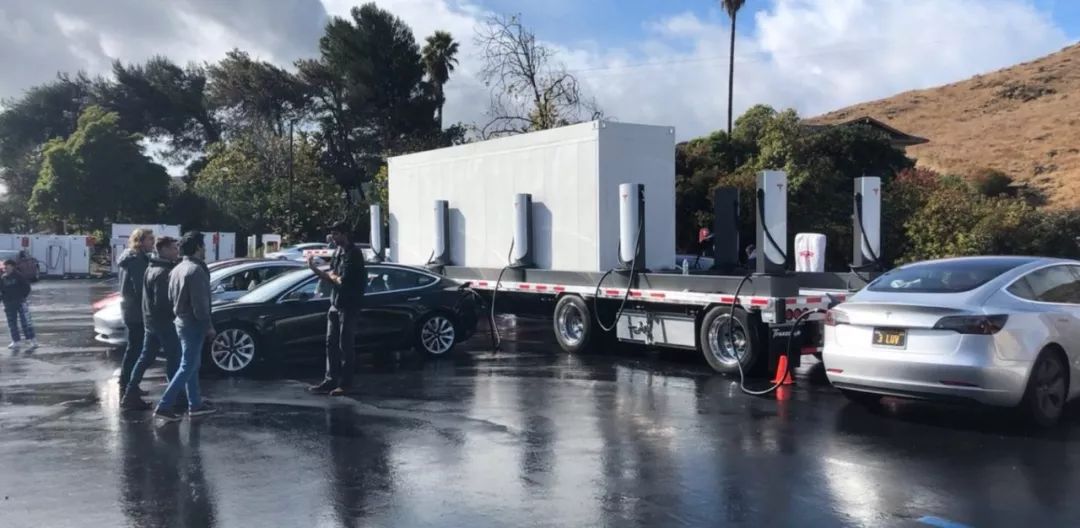
Upon closer inspection, this large battery is actually Tesla’s Megapack with a usable capacity of 2673 kWh.
Quick Comment: As an electric car and energy company, Tesla not only produces electric cars but also solar panels and energy storage devices.
The mobile charging station exposed this time is powered by Tesla’s own Megapack energy storage system. The amount of electricity provided by this charging station can charge about 35 Model 3 Long Range cars from SOC 0% to 100%. One can say that this truly can be called a “mobile cow”, a prolific source of charging for electric cars.
② Beam Auto Project Launched, MINI Electric Cars Are Coming
On November 29th, Great Wall Motors and BMW Group jointly announced in Zhangjiagang City, Jiangsu Province that they have officially launched the “Beam Auto” project. The project has a total investment of RMB 5.1 billion, an annual standard production capacity of 160,000 units, a construction period of 24 months, and is expected to be completed in 2022, with about 3,000 employees.
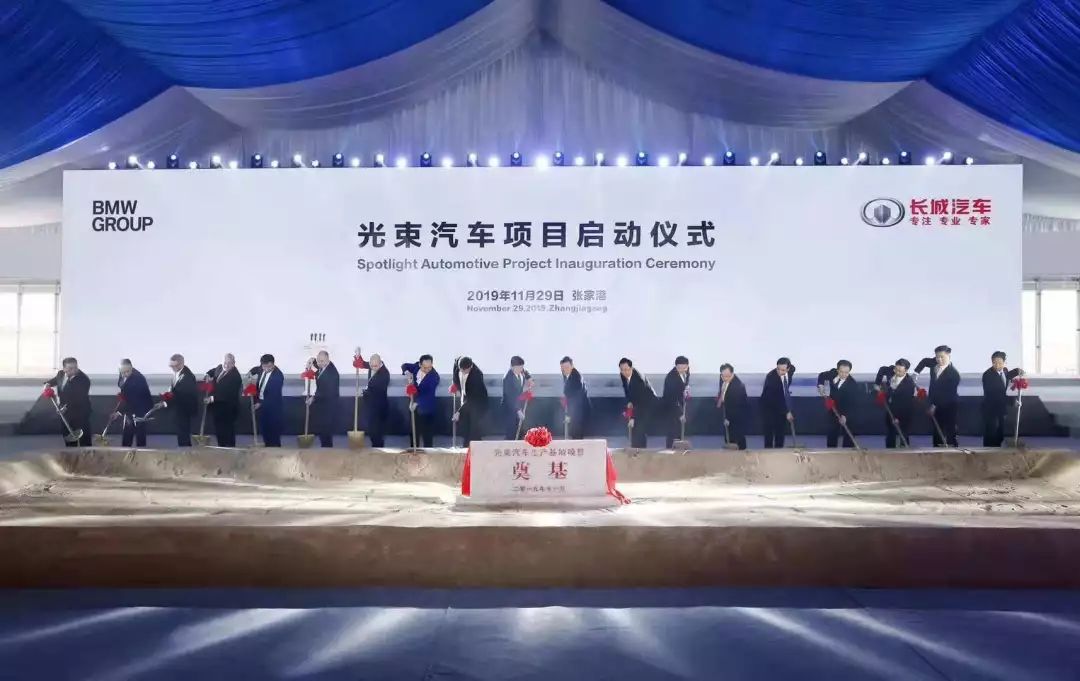
After the factory is completed, it will integrate research and development, production, and warehousing logistics, mainly producing new energy vehicle models jointly developed by Great Wall and BMW, and electric vehicle models under the MINI brand. Beam Auto will not establish independent sales channels, and all production models will be sold through Great Wall and BMW’s existing channels.
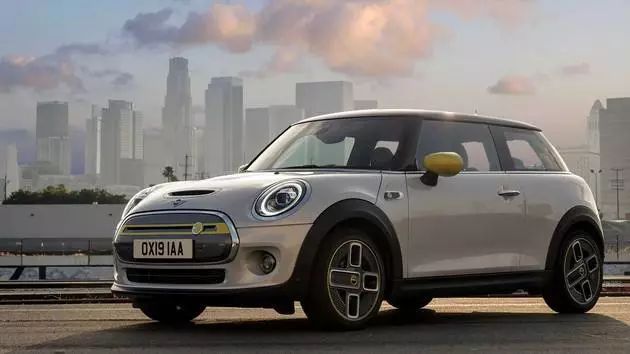 >Quick Comment: In recent years, as Android and Apple have gradually improved their on-board modes, car owners’ connected car experiences are becoming more complete.
>Quick Comment: In recent years, as Android and Apple have gradually improved their on-board modes, car owners’ connected car experiences are becoming more complete.
The development of on-board payment is in line with the recent announcement by Tencent that WeChat will soon be available in-car. In addition to traditional navigation and Bluetooth music, social and payment experiences independent of mobile phones are also becoming a reality. This is always a good thing for consumers, not only improving driving safety, but also bringing more convenience.
④ FF responded to land recovery: strategic adjustment, initiative to propose return
On November 28th, it was reported that the land in Moganshan High-tech Zone, Deqing County, Zhejiang Province, purchased by LeEco’s automotive unit 3 years ago, was recovered by the local government due to long-term idle status.
The next day, FF China responded that the company’s short-term strategy has been adjusted to focus on the R&D and production of products related to the FF 91. Therefore, FF China actively negotiated with relevant government departments and decided to temporarily abandon the industrial land in Deqing County, Zhejiang Province, and voluntarily applied to the Zhejiang Provincial Government to return the land.

③ XPENG Motors cooperated with Alipay to develop the “in-car payment” function
On November 26th, XPENG Motors announced that it had formally signed a contract with Alipay and the two parties will work together to develop the “in-car payment” function. This function will first be launched on the XPENG P7, and will support payment scenarios such as charging, in-car applications, and mini-programs, forming a closed loop of services.
The “in-car payment” function will achieve the mutual connection of XPENG accounts and Alipay accounts in the second quarter of 2020. In terms of security, this function is similar to Alipay on mobile phones, using three core security technologies of risk control engine, identity recognition, and data protection to ensure transaction security on the in-car end.
Quick Comment: In recent years, traditional luxury car brands’ cooperation with domestic independent car brands has become increasingly common and diverse, with companies like DENZA and Light Speed gaining ground as new players in the electric car industry. China’s automobile industry has undergone earth-shattering changes in the past 20 years and has gradually gained recognition from the global automobile industry. It is believed that in the next 20 years, China can still achieve amazing achievements in the automobile industry.### 乐视汽车花费 4.19 亿人民币购得德清莫干山高新区土地
In December 2016 and April 2017, LeSEE Motors spent a total of 419 million RMB to obtain multiple industrial land parcels in Deqing Moganshan Hi-Tech Zone, Zhejiang. As for whether the land purchase funds will be refunded after the land’s revocation, FF has not given a positive response.
Quick comment: Generally speaking, when the government auctions off land, rules and regulations are established regarding the nature of land use, investment density, and construction timeline. Although timing regulations are usually not too urgent, it has been three years since LeSEE Motors acquired the land, and from the current situation of LeEco, it is obviously difficult to fulfill the construction time commitment made when obtaining the land.
Not to mention whether the “initiative to return the land” is true or not, after losing this reserve factory land, FF has even less hope of localization.
Investigation Results Announced for the First Autonomous Vehicle Caused Fatal Accident
Recently, the investigation report of the world’s first fatal autonomous vehicle accident which aroused much attention was finally announced. In the press release issued by the National Transportation Safety Board (NTSB), the main cause of the accident was Uber’s weak safety culture, failure to activate the emergency brake system, and failure to supervise safety staff in a timely manner.
When the accident occurred, safety worker Rafael Vasquez was still watching a video instead of taking action to reverse the situation, making him the main culprit responsible for the accident.
Victim Elaine Herzberg was found to have methamphetamine in her system, so her physical condition may have contributed to her failure to be on the pedestrian crosswalk. The Arizona government was also criticized by the NTSB for failing to regulate autonomous vehicles due to inadequate management regulation.
Overview of the accident: One night in March 2018, in Tempe, Maricopa County, Arizona, a Volvo equipped with Uber’s autonomous driving system drove at a speed of 43 miles per hour (emergency braking was turned off by Uber due to discomfort in driving). Perhaps due to over-reliance on autonomous driving technology, the safety operator in the car did not pay attention to the road, but watched live videos on their phone.
However, it was at this moment that Elaine Herzberg encountered the Volvo. She thought that this reputedly safe Volvo would see her and avoid her, so she recklessly crossed the road. As a result, Elaine Herzberg and the Uber Volvo test car crashed head-on, tragically leading to her death.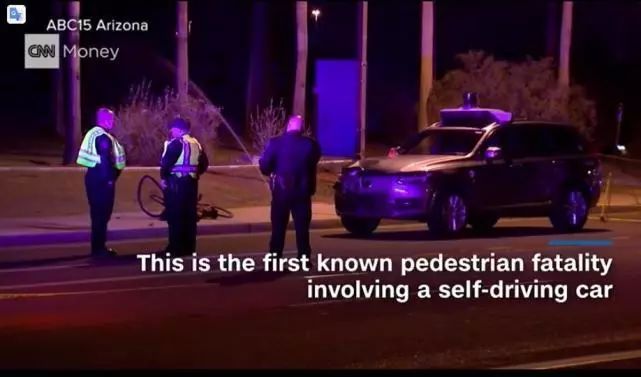
After the first-ever fatal accident caused by autonomous driving occurred, prosecutors in Arizona, USA ruled that Uber, the involved company, was not criminally liable but the behavior of the safety driver, Rafael Vasquez, should be further investigated by the Tempe city.
Quick Comment: The USA has the most relaxed autonomous driving policy globally, which is also one of the reasons why domestic carmakers set up their headquarters in the USA. However, a lenient policy does not necessarily mean all good things. From the cause of the accident, we can see the arrogance of Uber in testing its autonomous driving system.
If Uber hadn’t disabled emergency braking or had set up more than one safety driver, the accident could have been avoided. Although setbacks are certain to arise for humans before L4 autonomous driving becomes widely used, we really don’t want to see accidents caused by negligence like this.
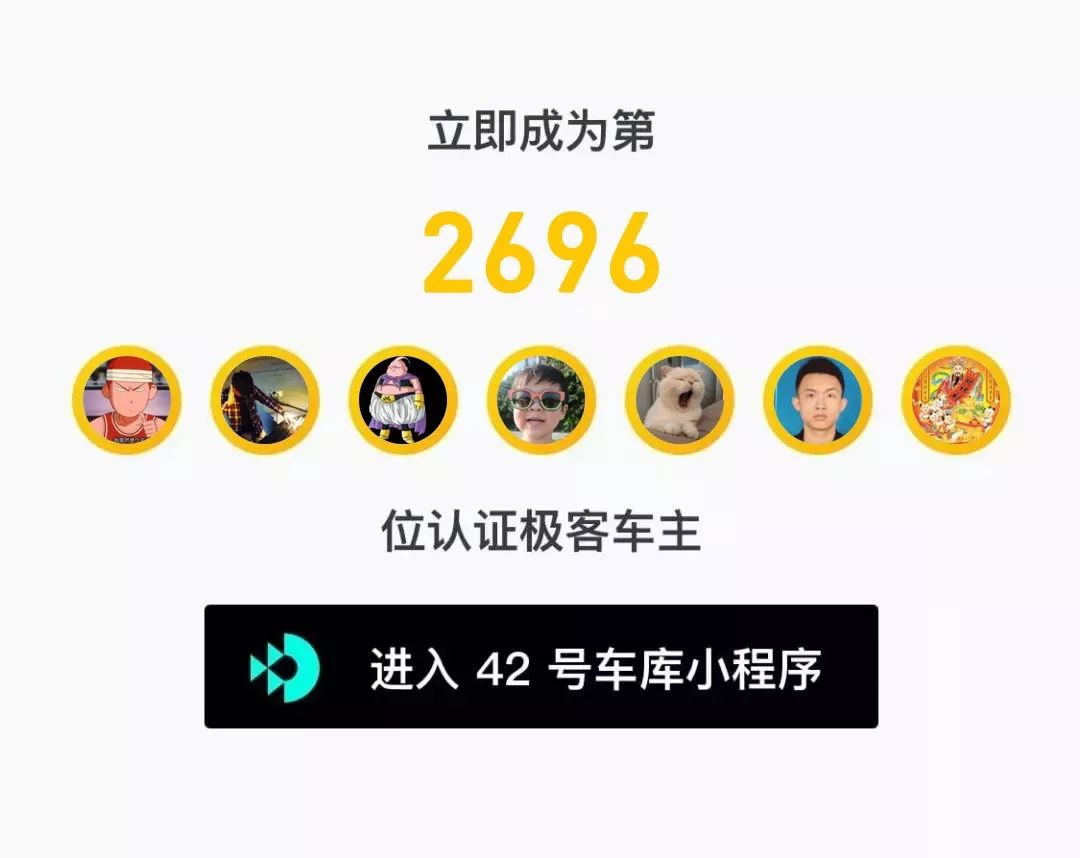


- Porsche Taycan Delivery Delayed, Ideal ONE Begins Production | E Weekly News* NIO’s CFO Resigns; Ford to Launch Its First Pure Electric SUV | Weekly News (in Chinese)

This article is a translation by ChatGPT of a Chinese report from 42HOW. If you have any questions about it, please email bd@42how.com.
